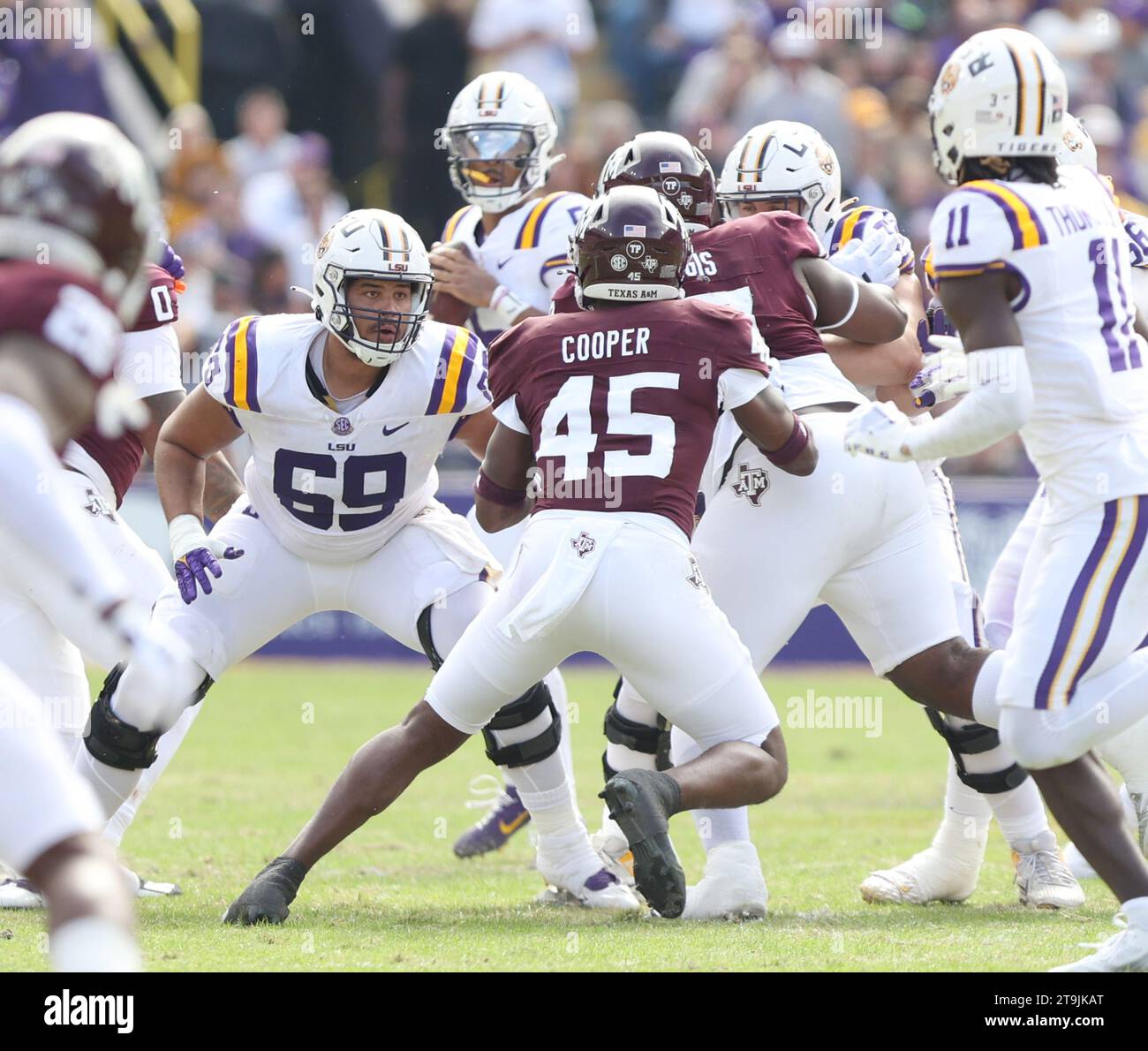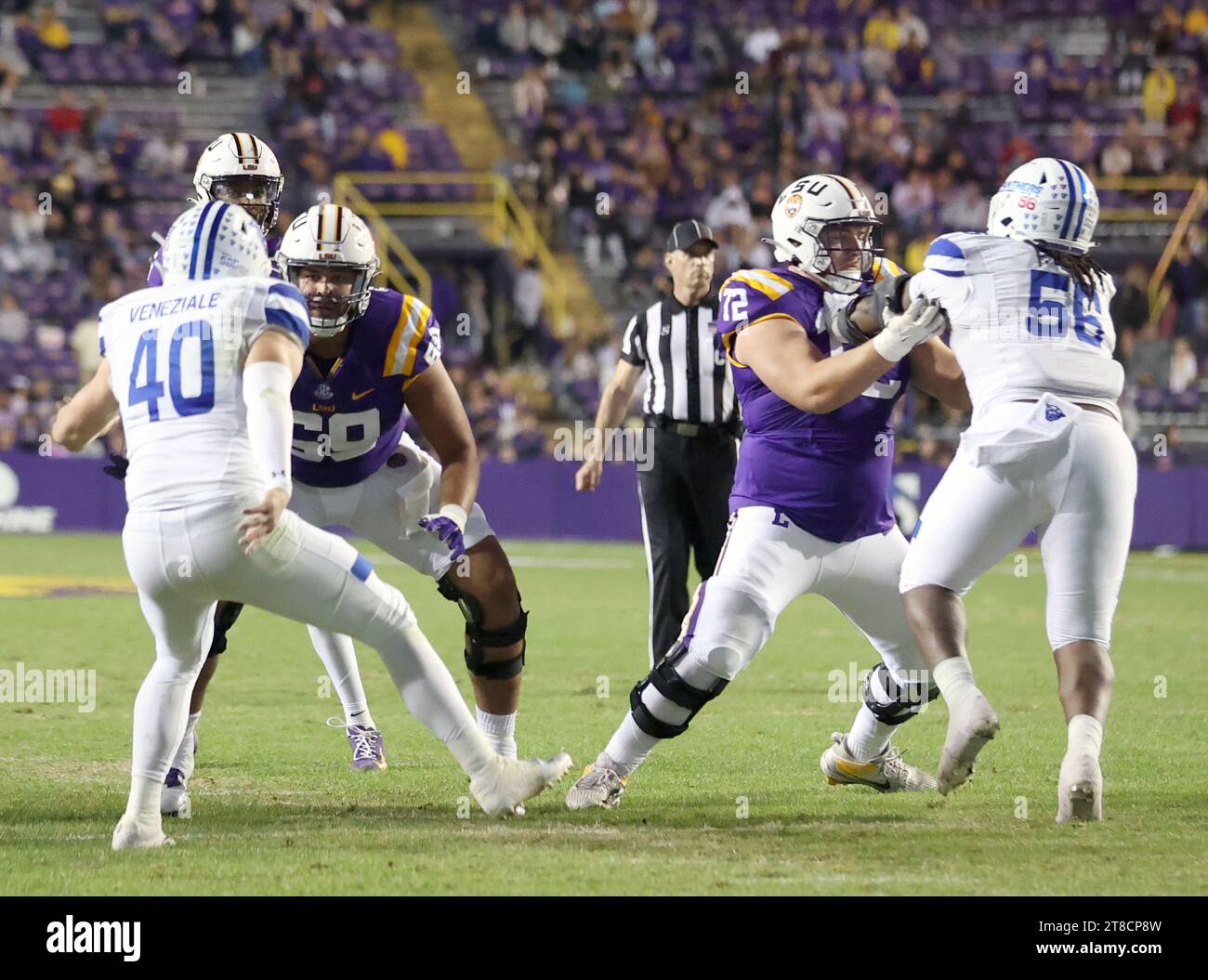
The Day the Blue Line Bled: Remembering the Baton Rouge Offensive
The humid Louisiana air hung heavy and still on Sunday, July 17, 2016, a typical summer morning in Baton Rouge. But beneath the surface, the city was a tinderbox, simmering with grief, anger, and tension. Just twelve days prior, Alton Sterling, a Black man, had been shot and killed by police officers, sparking days of protests, raw emotion, and a palpable sense of unease that had settled over the state capital. The nation was already reeling from the ambush and killing of five police officers in Dallas just ten days before. No one knew that Baton Rouge was about to endure its own searing tragedy, a deliberate act of violence that would once again shock the nation and leave an indelible scar on the community and its law enforcement.

At approximately 8:40 AM, the fragile peace shattered. A 911 call reported a man walking near a convenience store and car wash on Airline Highway, dressed in black, carrying an assault rifle. Officers from the Baton Rouge Police Department and the East Baton Rouge Sheriff’s Office converged on the scene, unaware they were walking into a meticulously planned ambush.
The man, later identified as Gavin Eugene Long, a 29-year-old former Marine from Kansas City, Missouri, had come to Baton Rouge with a singular, deadly purpose. Dressed in tactical gear, his face obscured by a mask, Long lay in wait. The moment officers arrived, he opened fire, targeting them with chilling precision.
The first shots rang out, echoing through the quiet Sunday morning. Within moments, Officer Matthew Gerald, a 41-year-old father of two and a former Marine who had joined the force just a year prior, was struck down. Deputy Brad Garafola, 45, a father of four and a 24-year veteran of the East Baton Rouge Sheriff’s Office, rushed to aid his fallen comrades, only to be ambushed himself. Sergeant Montrell Jackson, 32, a ten-year veteran of the Baton Rouge Police Department and a new father, also fell in the hail of bullets.
Chaos erupted. Officers desperately called for backup, reporting multiple officers down. The scene transformed into a war zone, a grisly tableau of shattered glass, spent casings, and the desperate cries of wounded men. Long, moving with tactical efficiency, continued his assault, firing at any officer he could see. Three more officers were wounded, one critically, their lives hanging by a thread.
The immediate response was heroic and frantic. Law enforcement agencies from across the region descended on Airline Highway. Officers, without hesitation, rushed into the line of fire, attempting to rescue their colleagues and neutralize the threat. The confrontation lasted for several agonizing minutes. Finally, a SWAT officer, positioned approximately 100 yards away, took a decisive shot, killing Long and bringing the deadly rampage to an end.
In the aftermath, the full horror of the attack became clear. Three officers were dead: Matthew Gerald, Brad Garafola, and Montrell Jackson. Their lives, dedicated to public service, extinguished in a brutal act of targeted violence. Their deaths sent a wave of shock and grief not only through the Baton Rouge law enforcement community but across the nation.
The Perpetrator’s Dark Path
Gavin Long was no stranger to violence, though his record was not one of criminality but of military service. He had served five years in the Marine Corps, including a tour in Iraq, earning the rank of sergeant before his honorable discharge in 2010. But beneath the uniform, a dangerous ideology had taken root and festered.
![]()
In the days leading up to the attack, Long had posted a series of videos online under the pseudonym “Cosmic Sentient” or “Mic G.” His rhetoric was a volatile cocktail of anti-government sentiment, sovereign citizen ideology, and Black nationalism. He expressed deep anger over the Alton Sterling shooting and other instances of police brutality, but his views extended far beyond mainstream activism. He spoke of “spiritual warfare,” “melanin theory,” and the need for black people to “fight back” against oppression.
“One hundred percent of revolutions, 100 percent of all revolts, are successful because the oppressed were willing to die,” Long stated in one video, recorded just days before the ambush. He explicitly called for violence, suggesting that peaceful protests were insufficient and that “real men” would resort to force. He believed the only way to effect change was to “hit ’em where it hurts,” by targeting law enforcement. He had driven from Kansas City to Baton Rouge specifically to carry out his attack, seeing the city as a symbol of the injustices he railed against. His actions were not random; they were a calculated act of domestic terrorism, a vengeful strike against the institutions he believed were oppressing his community.
A City on Edge
To understand the context of the Baton Rouge Offensive, one must look back at the preceding weeks. On July 5, 2016, Alton Sterling was shot and killed by two police officers during an altercation outside a convenience store. The incident, captured on bystander cell phone videos, ignited outrage and protests in Baton Rouge and across the country. Demonstrations, some peaceful, others leading to clashes and arrests, filled the streets of the city.
The air was thick with mistrust and animosity between segments of the community and the police. Law enforcement officers, already under immense scrutiny, felt vilified and endangered. Then, on July 7, a sniper in Dallas, Texas, ambushed and killed five police officers and wounded nine others during a Black Lives Matter protest. The Dallas attack heightened anxieties nationwide, and particularly in Baton Rouge, where similar tensions were boiling over.
In the days leading up to the ambush, Sgt. Montrell Jackson, one of the officers killed, had posted a poignant message on Facebook that resonated deeply with many. “I swear to God I love this city but I wonder if this city loves me,” he wrote. “I’m tired. I’m tired of the violence. I’m tired of the hate. This city has to heal.” Jackson, a Black officer serving in a predominantly Black city grappling with racial strife, expressed the internal conflict and exhaustion felt by many on both sides of the divide. His words became a haunting premonition of the violence to come.
The Faces of Loss
The loss of Gerald, Garafola, and Jackson left an unfillable void.
Officer Matthew Gerald was a newcomer to the Baton Rouge Police Department, having joined just a year prior. A former Marine, he had served three tours in Iraq before becoming a police officer, a testament to his unwavering commitment to service. He was a husband and father to two young daughters, described by his family as a dedicated and loving man who found his calling in protecting his community.
Deputy Brad Garafola was a veteran, with nearly a quarter-century of service to the East Baton Rouge Sheriff’s Office. He was a husband and a father of four children, ranging from elementary school to young adulthood. His colleagues remembered him as a dependable, hardworking, and kind officer, always ready to lend a hand. He died trying to save others.
Sergeant Montrell Jackson was a ten-year veteran of the Baton Rouge Police Department and a new father. His infant son would never know his father. Jackson was known for his calm demeanor and dedication to his community, a bridge-builder in a city grappling with racial divisions. His Facebook post, expressing his weariness and hope for healing, became a powerful symbol of the internal struggles faced by officers caught in the crossfire of societal unrest.
A Nation’s Mourning, A City’s Resolve
The Baton Rouge Offensive sent shockwaves across the United States. President Barack Obama condemned the attacks, stating, “Regardless of the motives, nothing justifies attacks on public safety officers.” He urged Americans to tamp down divisive rhetoric and unite in support of law enforcement. Tributes poured in from across the country, highlighting the immense dangers faced by police officers daily.
In Baton Rouge, the grief was profound. Thousands attended memorial services, lining the streets to honor the fallen officers. The “thin blue line” felt thinner than ever, yet also incredibly strong in its solidarity. The attack, coming so soon after Dallas, intensified discussions about the safety of police officers, the rise of domestic extremism, and the deep divisions within American society.
In the years since, Baton Rouge has slowly embarked on a journey of healing. The sites of the shootings have been transformed into memorials, silent reminders of the lives lost. The families of the fallen officers continue to grapple with their profound loss, seeking solace and justice.
The Baton Rouge Offensive serves as a chilling reminder of the volatility of extremism and the immense sacrifices made by law enforcement. It underscored the fact that domestic threats, fueled by ideological rage and grievance, pose a significant danger to the fabric of society. While the city continues to navigate its complex challenges of race, poverty, and crime, the memory of July 17, 2016, remains a powerful testament to the fragility of peace and the enduring courage of those who wear the badge. The blue line bled that day, but it did not break, standing as a testament to resilience in the face of unspeakable tragedy.


